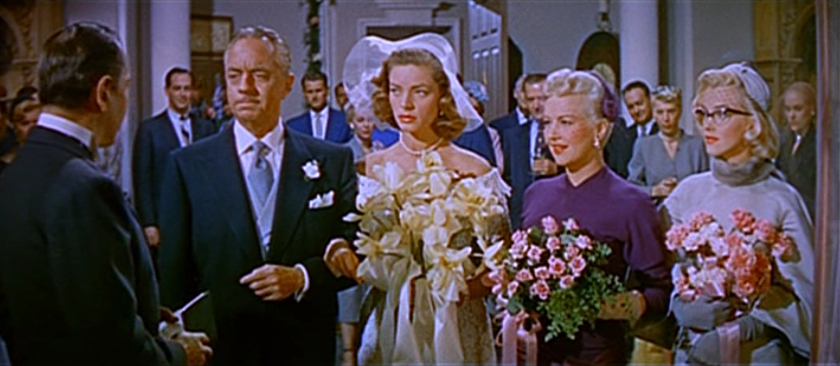What was the First Film in Cinemascope?
Have you ever heard the term “CinemaScope” used in the film industry? If you’re a filmmaker or an aspiring cinematographer, you’ve most likely learned a little bit about the CinemaScope. And the role that this filmmaking technique had on the future of film production. If you’re not sure what a CinemaScope is, it’s an anamorphic lens series that was used in the late 1950s to the late 1960s to shoot widescreen films. Which could then be viewed in theaters that were equipped with the appropriate lens adapter. But what was the first film in CinemaScope?

CinemaScope Definition
CinemaScope lens represents the anamorphic widescreen that was popularized in the 1950s and 1960s as a result of Hollywood’s desire to draw Americans back into movie theaters.
The anamorphic film process, though, included more than just the CinemaScope lens and a widescreen. It actually influenced the future of filmmaking and movies as we watch them today.
CinemaScope represents an anamorphic process by which an image is compressed. And then later uncompressed when it is projected. The wide image is squeezed to fit 35mm film in a celluloid square frame that is typical of film.
With the assistance of an anamorphic lens projector, the image is then un-squeezed so that it not only is projected larger. But so that it is displayed in full width on the screen.
What was the First Film in CinemaScope?

The first use of video to be presented in CinemaScope was in 1952 called, This is Cinerama. The film was projected on a widescreen using the standard three camera and three projector setup which would ultimately become widely accepted for this style.
It was a true hit. And, although few theaters would support this style of film viewing, those which did would be packed with spectators.
However, it was not until later when The Robe was released that the true, first, CinemaScope motion Picture was released. This was followed immediately by How to Marry a Millionaire which starred Marilyn Monroe.
With 20th Century Fox trying desperately to get Americans back into theaters, Cinerama and the CinemaScope style or process promised to be at the forefront of their mission.
In Summary
Inspired by Cinerama, Fox contacted Professor Chretien, the inventor of similar technology called Hypergonar, and would ask for purchase rights to the technology.
This was more advanced technology than the previous creation of lenses. And, with the assistance of Fox’s R&D team, CinemaScope lenses would become more popular.

